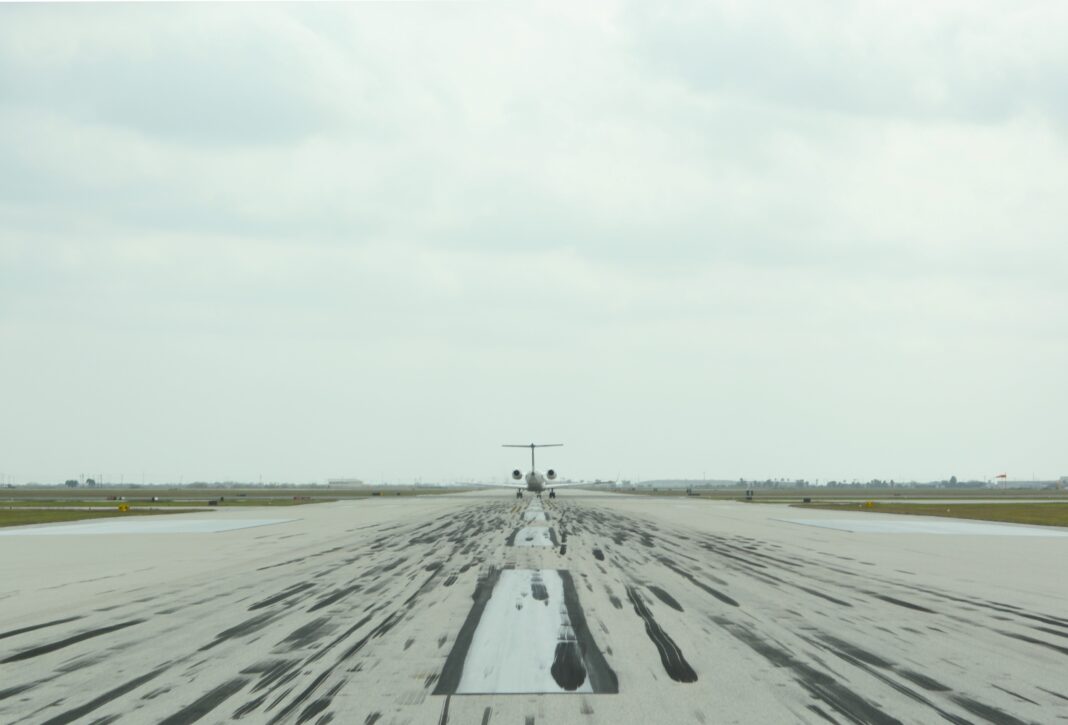HARLINGEN — Just over a year after winning Federal Aviation Administration approval, Valley International Airport will open contractor bids in July to extend its longest runway from 8,301 feet to 9,400 feet.
Once finished, it will be the longest airport runway in South Texas.
Extending the runway to the south of the airport will increase safety margins for all aircraft landing and taking off from VIA.
But it will be especially advantageous for cargo carriers operating at Valley International, like Fedex and DHL, which currently are unable to reach optimal cargo loads due to weight restrictions in place due to the runway’s current length.
“It’s going to be longer than San Antonio,” said Bryan Wren, assistant director of aviation at VIA. “It will be the longest runway south of Austin and Houston, which is going to benefit our cargo ten-fold, and then of course the extra margin of safety for all air carriers and even general aviation aircraft.”
“But the most important feature is we’re getting the two special-authorization CAT IIs, north and south flow,” Wren said.
Wren is referring to the Category II version of the Instrument Landing System, or ILS, which allows pilots to guide their planes in to land during times of poor visibility.
The CAT II system allows for a much lower ceiling for pilots to come in for a landing than the current CAT I system, lessening the possibility a pilot will have to abort a landing and divert to another airport.
The airport already has invested about $4 million in design work and land acquisition for the extended runway. The land the runway will cover already is owned by the airport, but additional land had to be purchased to provide the required safety zone at the runway’s end.
Total cost is anticipated to be around $20 million to $21 million, funded by the FAA’s Airport Improvement Program and the airport’s passenger facility charge.
Cargo haulers like Fedex and DHL have significantly increased operations at VIA over the past several years.
But they are working under restricted flight loads, which limit cargo capacity to 42 percent. The extended runway will mean they can increase that load to over 70 percent capacity, which is about the maximum load air cargo haulers use in order to limit wear-and-tear on their planes.
Since VIA has two other runways, Wren has said previously that airport officials expect disruptions to be minimal until the new runway is finished.





